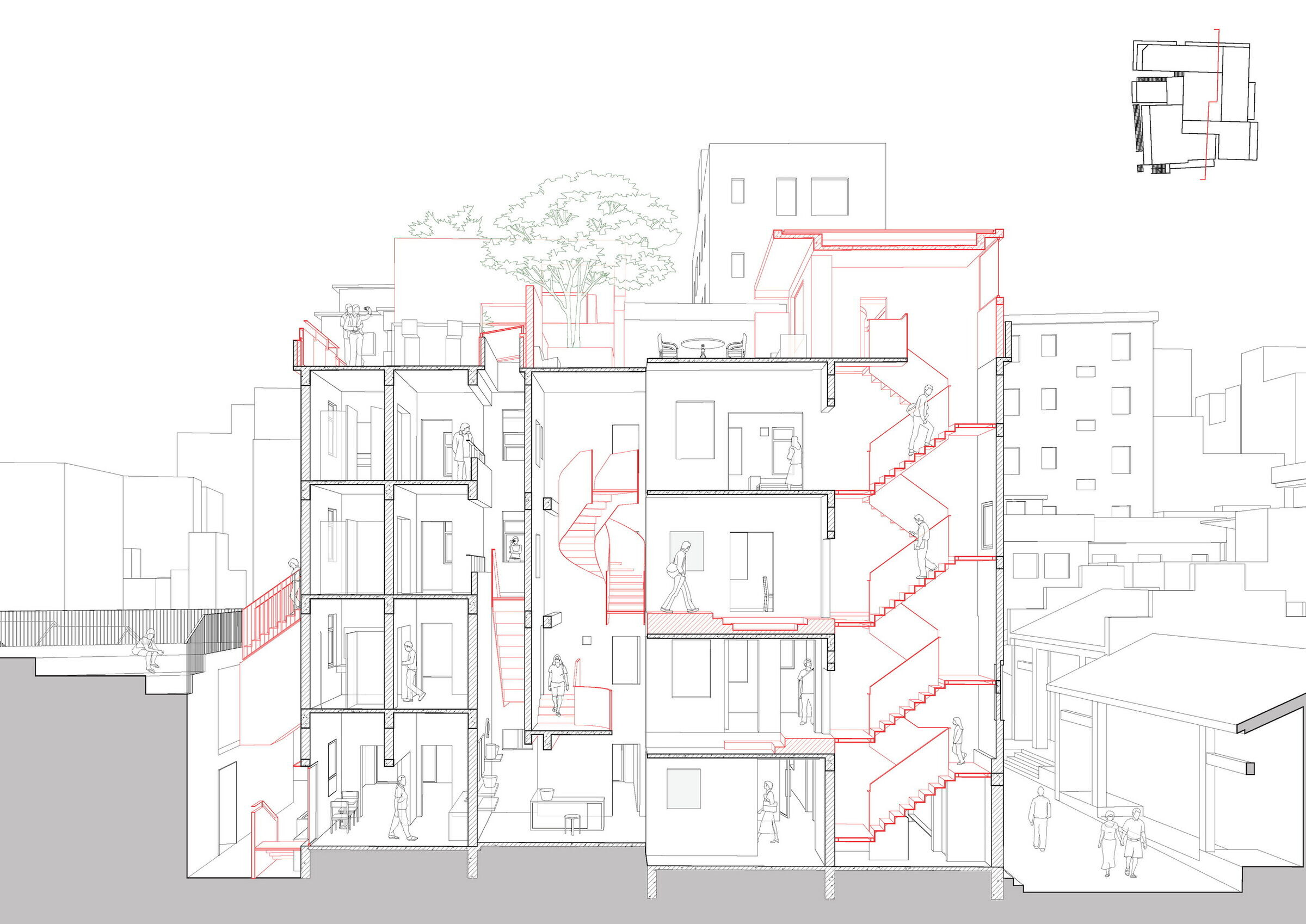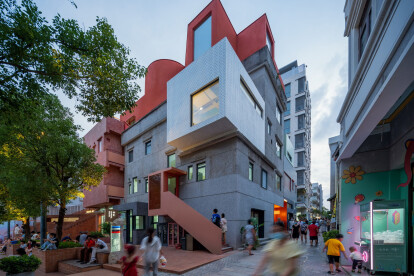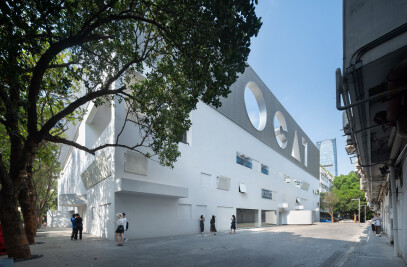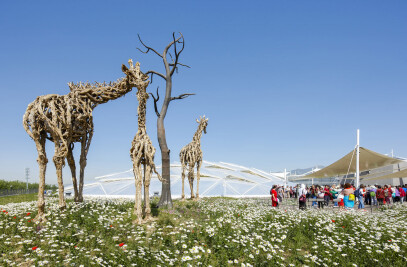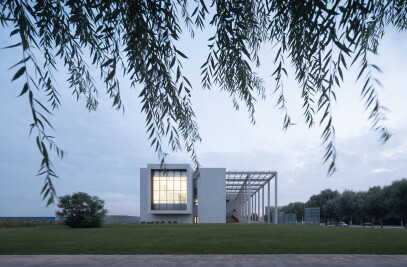Nantou, where a hidden millennia-old town and a vibrant urban village collide and integrate, has been simultaneously written in the grand national narrative of Shenzhen Hong Kong’s relationship while living the trivial daily life for over 20 years. In early 2016, URBANUS was invited to conduct a comprehensive spatial study of Nantou Old Town, a quintessential example of Shenzhen's urban and cultural heritage spanning various historical periods. Through historical documents and field research URBANUS developed a regeneration strategy focused on rejuvenating Nantou through incremental revitalization that impacts larger clusters with micro-scale interventions, as well as organizing cultural events. In 2017, URBANUS served as the curatorial team and brought the “Shenzhen-Hong Kong Bi-City Biennale of Urbanism \ Architecture” to Nantou Old Town. It marked the commencement of preserving and revitalizing Nantou Old Town through integrating spatial renovation with the exhibition. Returning in 2019, URBANUS has resumed its work in Nantou Old Town, applying the concept of “Urban Coexistence” to the transformation of the Nantou Hybrid Building. This project demonstrates a progressive regeneration approach, focusing on preserving historical layers through collaging and juxtaposition, rather than replacement.

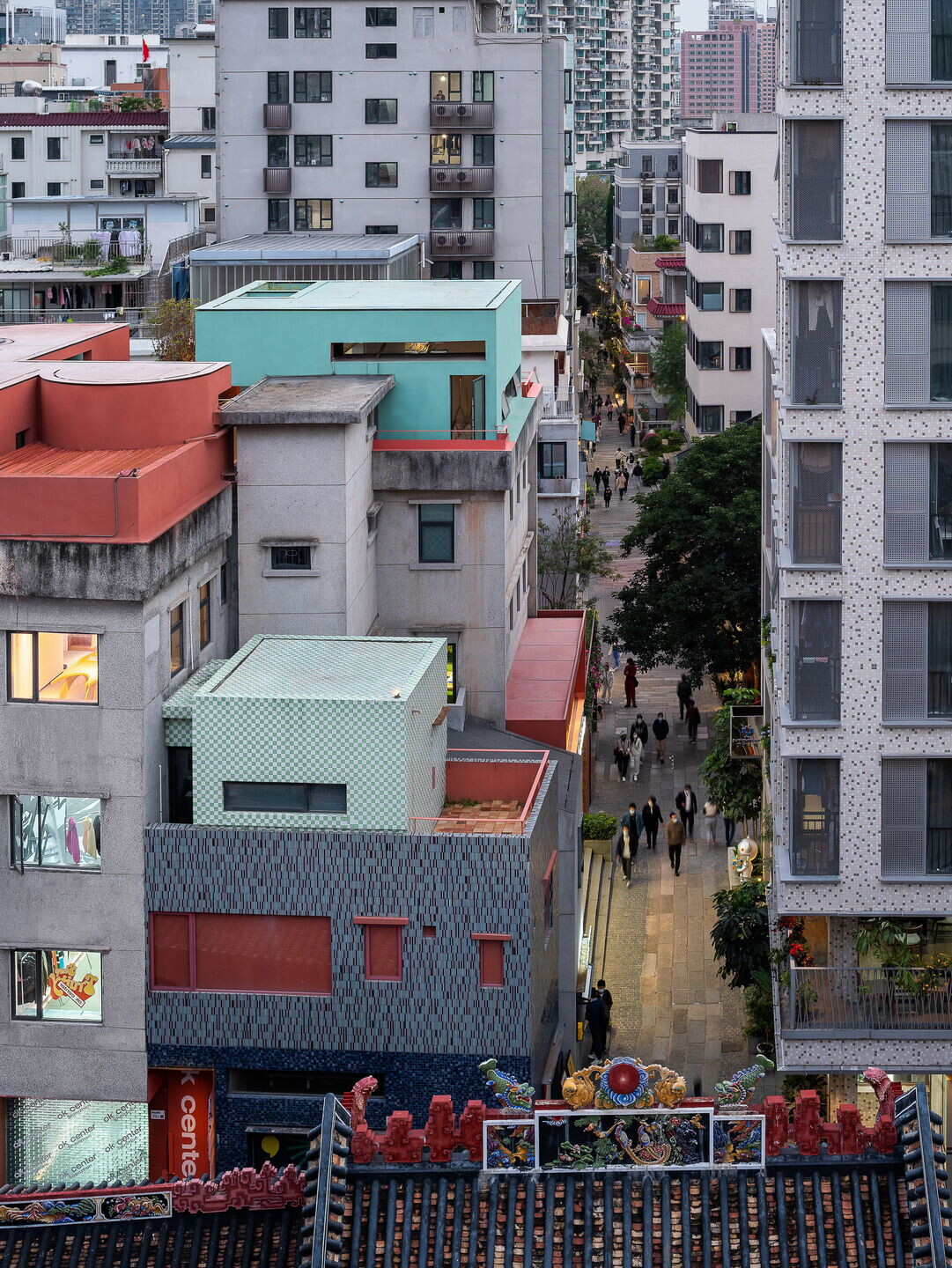
The Nantou Hybrid Building, located next to Baode Square in the heart of Nantou Old Town, is a hybrid cluster of five individual buildings constructed during different periods of history showcasing diverse palettes of material, structure and style. The adaptive reuse design preserves the complexity, contradiction and conflicts of the existing buildings. Trace of additions and transformations, as well as replacement of materials, has been retained in the repoussé and chasing of both the interior and exterior. Two new volumes, one rectangular and one curvilinear, one solid and one void, are juxtaposed on the rooftop, with a small roof garden hidden within.
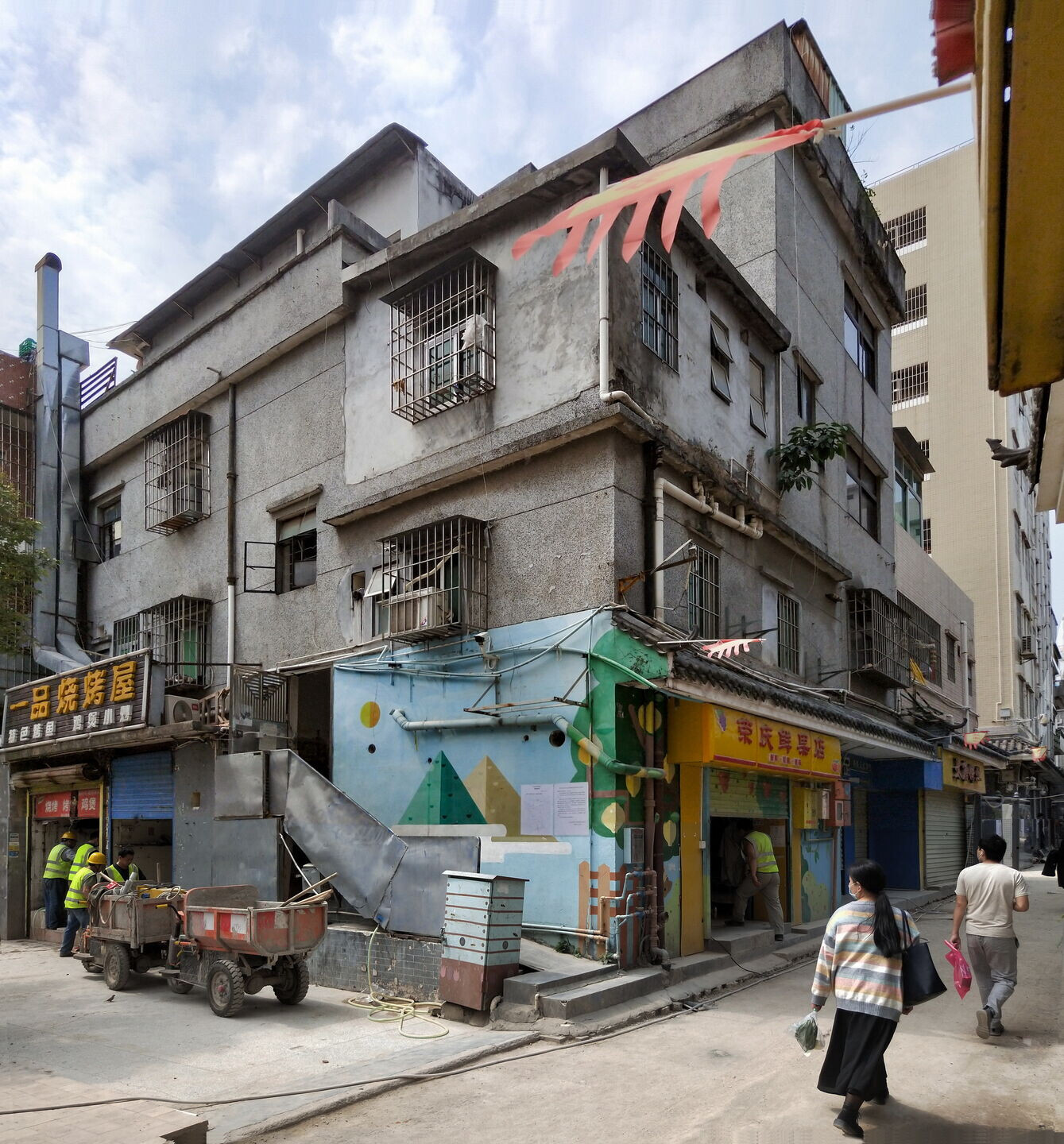
The exterior walls of the five buildings not only marks the boundaries of the property of the three owners but also plays a significant role in its overall structural integrity. The design carefully preserves the existing facade while removing partition walls and replacing the haphazard additions that pose a structural risk. A central void was created to accommodate a new elevator and staircase, forming a “circulation core”. Communal spaces on each level extend outward from the core, puncturing through the facade to create red-iron steel versatile plug-ins that serve as doorways, canopies, balconies, footbridges, and staircases. It grants a remarkable journey as if navigating through the crevices between the buildings. The spaces between the buildings, along with the addition of skylights introduced natural light to the ground floor, significantly enhanced the indoor environment and atmosphere.

Before the renovation, the five building had their own separate circulation system. The street level of the five buildings was packed with shops and stalls, offering a variety of programs and activities to the surrounding public space, and adding to the vibrant urban village lifestyle. The renovation upholds the compact and vibrant ground floor layout, enhancing it with additional semi-outdoor spaces. With independent entrances on each perimeter, a preexisting outdoor staircase next to Baode Square has been adapted to allow for direct access to the second floor after renovation. The second to fourth floors of the existing buildings were divided into 29 small and overcrowded residential units. The internal circulation is rearranged by the means of taking advantage of preexisting apertures, opening up for passageway and creating corridors. The formed “enclosed circulation” connects spaces of each building at different heights to facilitate social interactions while providing flexible layout for adaptability.

The design meticulously preserves the existing facade's myriad materials, with selective replacement or supplementation of mosaics and colored paint. The colorful collage of old and new materials, along with the intricate interlocking, reflecting the authentic essence of Nantou Hybrid Building. A red semi-circular volume extends from the fourth to the fifth floor, juxtaposed with a green, rectangular volume featuring semi-outdoor spaces, both perched atop the rooftop. These structures interact with the double-height space and skylights, harmonizing with the roof terrace. This innovative design brings together the previously separated rooftops into a single, tranquil garden, creating an oasis amidst the hustle and bustle of the urban village. Each part of the building, from the street-level shops and the interior spaces to the rooftop terrace, exudes a dynamic tension that leads to the ultimate revelation: a mini “Vertical Arcadia” unfolding expansively, a serene haven tucked away above the urban bustle.

The Nantou Hybrid Building stands as a testament to the evolving history of Shenzhen's urban villages. The renovation has reorganized chaos into coherence, creating an open, micro-complex within the densely populated Nantou Old Town. It meets the social and cultural demands of contemporary living and introduces a novel typology of vertical communal spaces that are both public and accessible, paving the way for future urban village developments. In the face of extensive urban construction, enhancing and optimizing original genealogies, structures and environments emerges as a crucial strategy against urban homogenization. The Nantou Hybrid Building represents a significant experiment by URBANUS, under the ethos of “Urban Coexistence”. It transcends mere architectural innovation, representing a paradigm shift in thought and concept.
